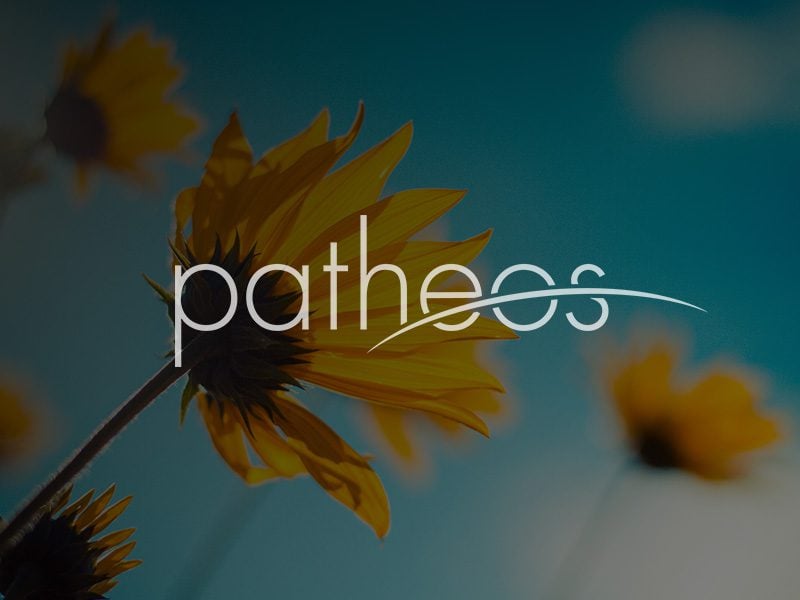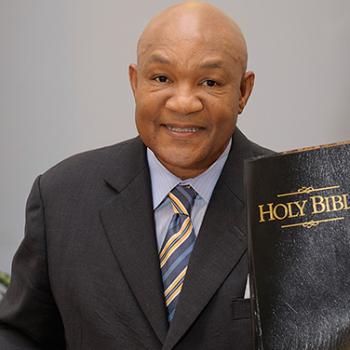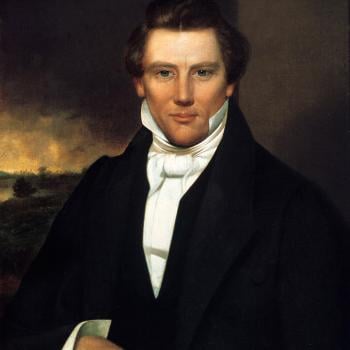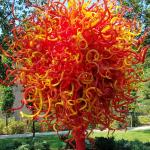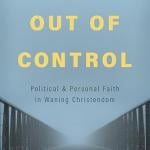Last updated on: March 13, 2014 at 12:00 am
By
Peter Leithart
The Void is one of the essential dimensions of humanness, argues Esther Lightcap Meek (A Little Manual for Knowing, 35). The Void is the recognition that we might not be, which can arise from curse, betrayal, or from “a brush with death or fear, depression or danger, an uncomfortable situation, even boredom.” The Void is not necessarily paralyzing. It is rather the root of wonder and gratitude. It is impossible to manufacture: “It comes unbidden from outside of us. .... Read more


